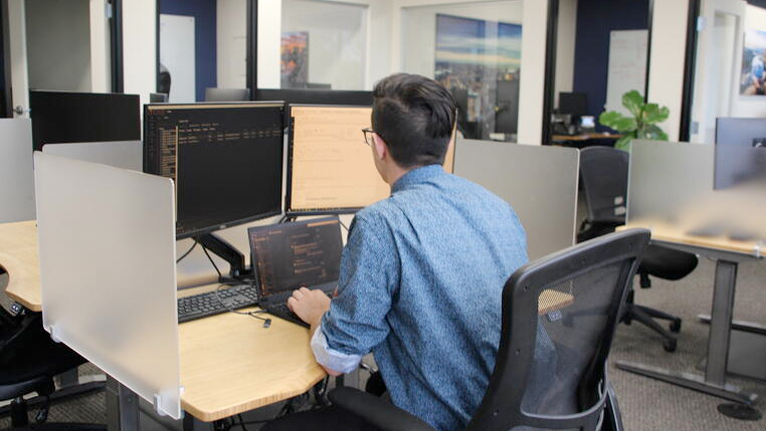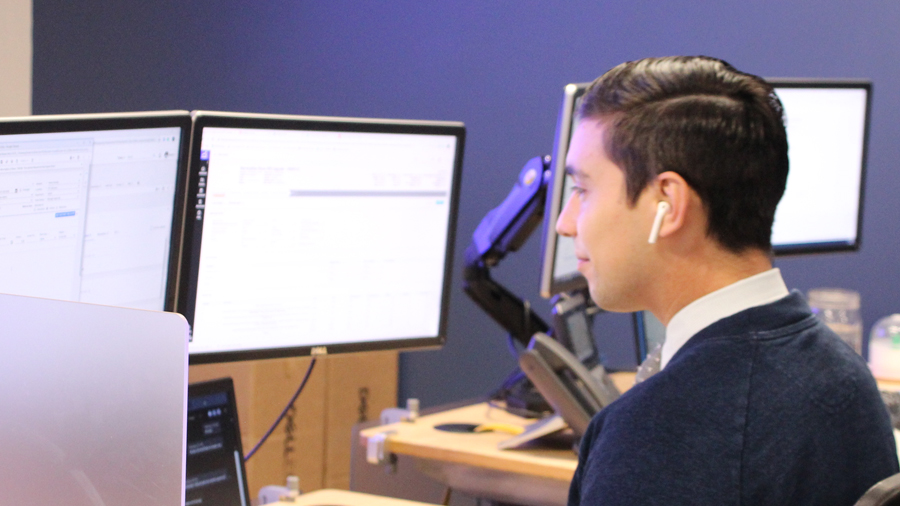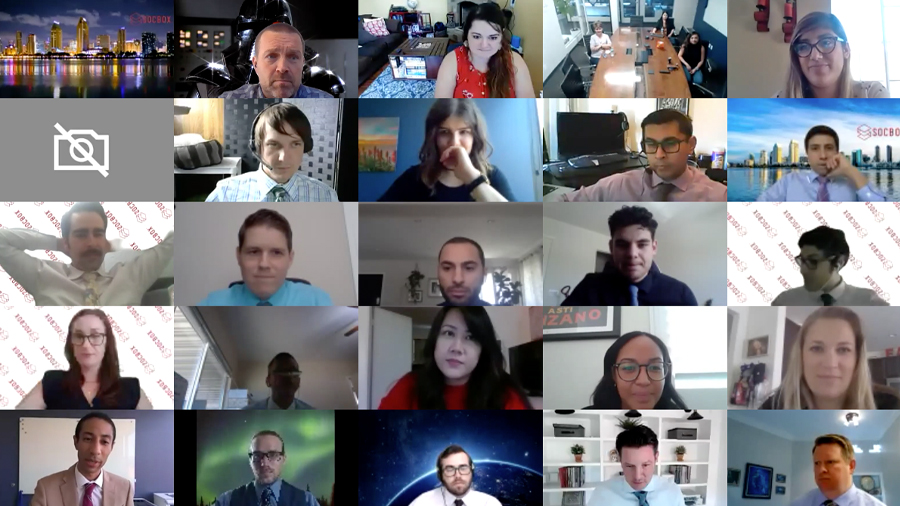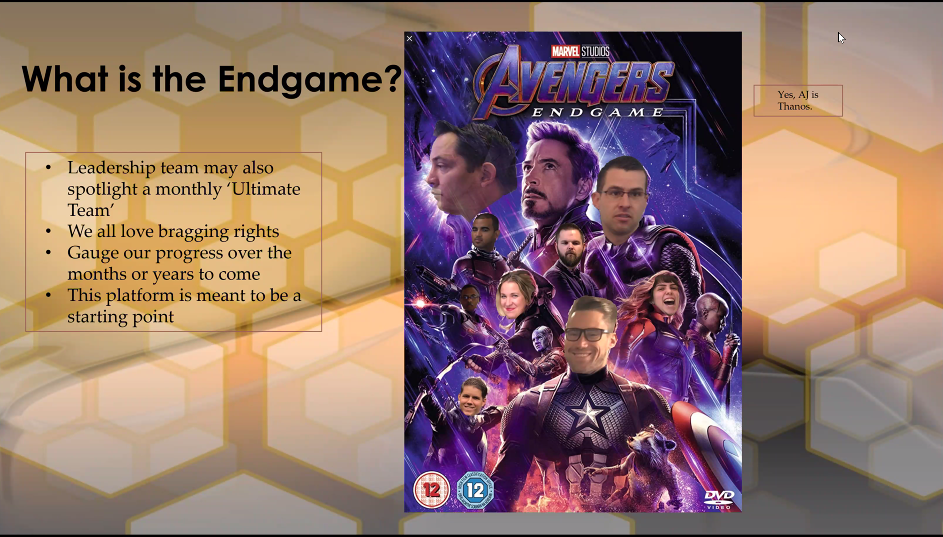Time for another behind-the-scenes peek at the inner workings of FIT Solutions! Last time we examined the first of our core values, cutting-edge expertise. Next up in the series is Team Unity.
Why is unity so important to us as an organization? How do we look for this quality in new hires? And how do we continue to foster that spirit amongst our team?
The Why
Just about every amazing accomplishment comes from a team effort. For example, the Roman Empire didn’t arise by accident; it took systematic teamwork and organization. Their army was immensely successful, in large part due to the training soldiers received to work as a unit. We have big goals at FIT, and we can’t get there without a unified team.
Another motivation for prioritizing team unity is the nature of consulting work. To be a strong IT partner, we need to know our clients’ environments inside and out, and we put a lot of effort into making informed recommendations to improve their performance. The varied knowledge and expertise of our team is a huge asset, but what happens when a team of engineers doesn’t agree on one solution? If they meet with a client, and each one is recommending a different approach or tool, they could actually undermine the client’s confidence in our ability to solve their business problems.
To make sure we act together as one unit, we have regular account management meetings to discuss different options and solutions before settling on a course of action for the team. Even if their presented option was not the one chosen, each engineer supports the final decision and does everything they can to make it successful. Think of it like a football team: even if a player would have personally chosen a different play, his team has the best chance of success if he puts his all into the directed play he is given.
The How: Part 1—In New Hires
One of the contributing causes for the fall of the Roman Empire was that legions began recruiting foreign mercenaries to keep up their numbers. Having no loyalty to the empire, the new recruits lacked the unity and cohesiveness of the original ranks, and eventually, many of them turned against Rome.
It may seem like a bit of an extreme example, but the underlying principle is key; we’ve worked really hard to build a cohesive and united team, and we want to make sure that new team members will help to strengthen that bond rather than erode it.
Many of our new hires come from employee referrals; we prefer to hire people that we know will fit our culture and values. When we don’t know an applicant, though, we conduct an exercise that asks about the candidate’s personal, professional, and financial goals. We also ask them to explain what our core values mean to them, and how they pursue those values in their own life. Often, we’ll do a role play exercise as well to help them get a better feel for what they can expect after joining our team.
The How: Part 2—In the Team
Team unity includes both unity between employees and leadership, and unity between teammates. To encourage the first, we strive for transparency, and have daily company-wide meetings to keep everybody on the same page. At those meetings, we report on wins from each department, welcome new FIT team members, share positive feedback we’ve gotten from clients, and announce work anniversaries. We also use that time for Raving Fan shoutouts, expressing appreciation for a teammate that has gone above and beyond for their team or for a client. We even have a dedicated Microsoft Teams channel for Raving Fans feedback.
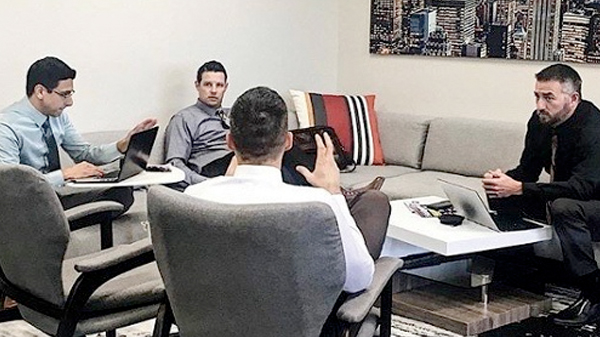
Having a united team is great in theory but can be difficult in practice. When things get hard, when we have strong opposing viewpoints on service—that’s when this value gets put to the test. If we encounter a situation where we see a slip in our unity, we immediately meet to discuss what happened and how we can do better.
When FIT Solutions was started, we structured our teams in a unique way; instead of having to work their way up a help desk, clients get immediate access to a team of high-level engineers that know their environment. This has a two-fold benefit: our clients get better service, and our engineers get mentoring. Finding mentors in the IT field can be difficult, but with a team structure like ours, teammates sharpen and drive each other, working together to solve problems and expand their knowledge. This, too, contributes to team unity.
The Result
A streamlined team with one goal in mind is capable of awesome things, both internally and for our clients. We love working closely with our partners to solve business problems. If you’re ready to work with a team that is truly in sync with your environment and business goals, give us a call today at 888-339-5694 or contact us here.

